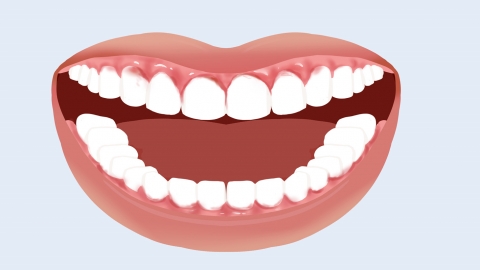When should pit and fissure sealing be done?
Generally, pit and fissure sealing is performed within one year after tooth eruption. Detailed analysis is as follows:

Within one year after tooth eruption is the critical period for pit and fissure sealing. The surfaces of newly erupted teeth have many pits and fissures of varying depths. These pits and fissures easily accumulate food debris and bacteria, which are difficult to clean thoroughly with daily brushing. Performing pit and fissure sealing during this period can fill the pits and fissures on the tooth surface with special sealing materials, creating a protective film that prevents contact between food debris, bacteria, and the pits and fissures, thereby reducing the risk of dental caries at the source.
After pit and fissure sealing, some precautions should still be noted. Within a few days after sealing, avoid chewing hard or sticky foods with the sealed teeth to prevent the sealant material from becoming dislodged; maintain daily oral hygiene by brushing carefully in the morning and evening, and use dental floss or other tools to clean the interdental surfaces; follow the dentist's recommendations for regular check-ups at the clinic to examine whether the sealant remains intact. If the sealant becomes dislodged, timely reapplication is necessary to ensure continuous protection of the teeth.




